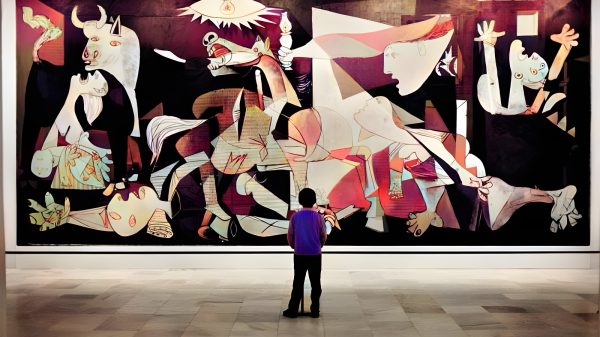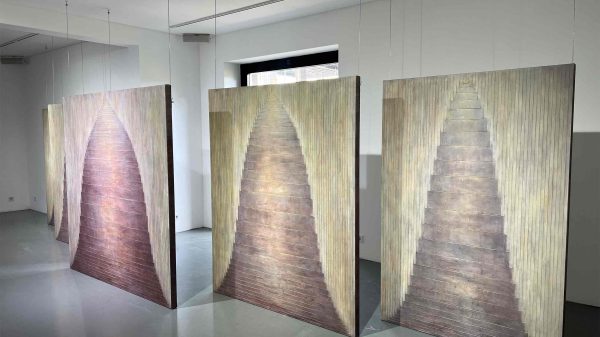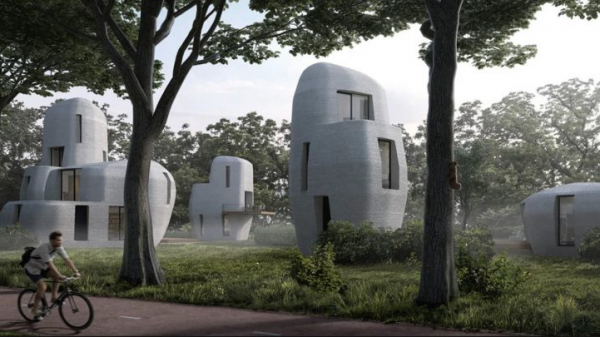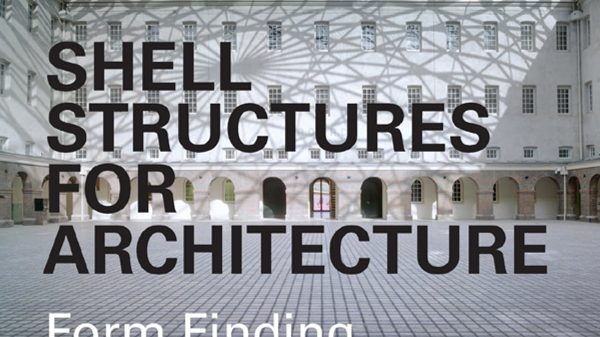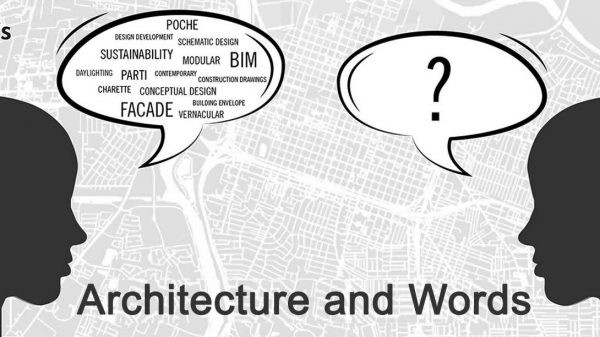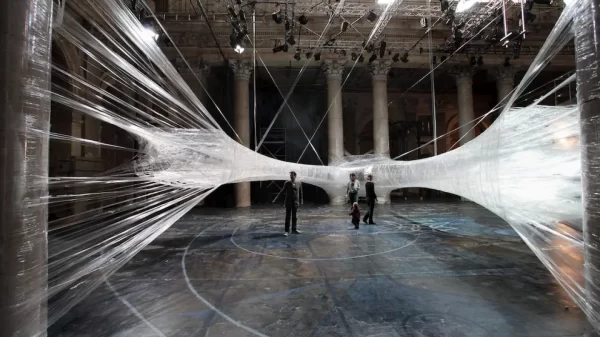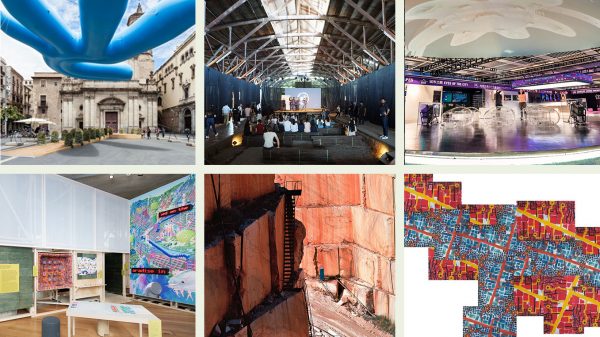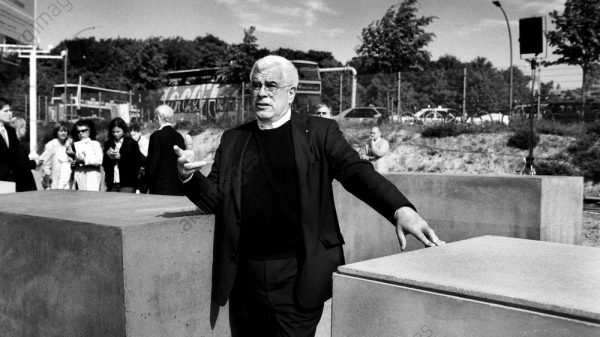What is called architecture?
The internal world in the midst of the external world
The question about the nature of architecture is the same as the question “What is architecture?”
If we put the previous concepts aside or epistemologically put them in parenthesis and try to answer the question “What is architecture?” from the perspective of a child, then what does architecture mean?
Written by Habib Talebi, Interdisciplinary/cinema and architecture researcher.

From the perspective of that child, what is the definition of architecture and how is it expressed. From the perspective of that child, there is a firsthand encounter and his expression will be devoid of knowledge or conceptual presumptions. To achieve this firsthand encounter, we need to empathize with and understand the mind and soul of the child.
To this end, here we mentioned the passage entitled “The Construction Workshop” from Walter Benjamin’s book, One-way Street:
Pedantic brooding over the production of objects – visual aids, toys, or books – that are supposed to be suitable for children is folly. Since the Enlightenment this has been one of the mustiest speculations of the pedagogues. Their infatuation with psychology keeps them from perceiving that the world is full of the most unrivalled objects for childish attention and use. And the most specific. For children are particularly fond of haunting any site where things are being visibly worked upon. They are irresistibly drawn by the detritus generated by building, gardening, House work, tailoring, or carpentry. In waste products they recognize the face that the world of things turns directly and solely to them. In using these things they do not so much imitate the works of adults as bring together, in the artefact produced in play, materials of widely differing kinds in a new, intuitive relationship. Children thus produce their own small word of things within the greater one. The norms of this small word must be kept in mind if one wishes to create things specially for children, rather than let one’s adult activity, through its requisites and instruments, find its own way to them.
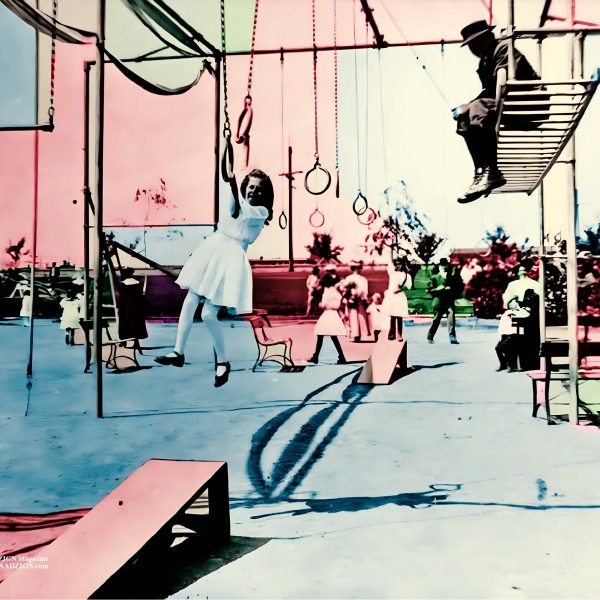
What we perceive from the passage “The Construction Workshop” from Walter Benjamin is paying attention to the criteria of a world in which children live, but these criteria are not quantitative and refer to the qualitative aspect that Benjamin mentions; the world of the children within the world of the adults. A world with an outside world!
These concepts can be applied to explain the nature of architecture. One of the criteria of this world is “inside and outside”, which epistemologists of architecture explain as the dialectic of the inside and outside. The next criterion is called “the world of objects” which have been known as the basic elements of architecture in all historical and cultural traditions and have persisted up to this day, that is, roof, wall, and floor. The third criterion is “production during the game” which can be referred to as “definition in motion”, a narrative-like reference to time and being of whatever has been experienced. In this note, we discuss the first criterion, that is, the component of the outside and inside.
The dialectics of outside and inside
Children build their small world using the objects in the world of the adults. Explanation of the nature of architecture is found in the relationship between man and the world.
The inside and outside form the basis of man’s relationship with the world. Man’s interaction with place, depending on the extent of his being influenced by, involvement and unity with a place, creates degrees of ‘being inside’ the place for him. In fact, as man feels ‘being inside’, the meaning of place is constructed for him. The relationship between the inside and outside is the existential ground for the main elements of architecture; the elements of roof, floor and wall. These elements create an ‘inside’ in the midst of an ‘outside’.
Different architectural styles and cultural traditions express various degrees of openness and closeness through the dialectics of the inside and outside. Traditions, beliefs and worldviews of men cause different views of the component of the ‘inside and outside’. In the Japanese language, there is no description for inside and outside, whereas in the West, reference is made to the inside and outside of a person, inside and outside of a house, etc.
Construction and architecture are an image of being distant, being distant from what is located outside.
‘Being inside’ is the primary aim of the concept of place. One must enter any closed shape, and somehow, there is a way to do so. In order for a house not to be like a prison, it must have windows and openings to the outside world, which connect the inside to the outside. Being inside is a quality through which space is transformed into place. A quality that creates the most profound sense of settlement. From an empirical perspective, the main factor in experiencing a place is being inside and this means belonging to the place, identifying oneself with the place and communicating through a ‘sense of position’.
Various places have different identities depending on the various degrees of being inside or being outside and human experiences are associated with various degrees of meaning and feeling. An experience of place that most people have when they are in their own region or neighborhood. When existential ‘being inside’ occurs, a state filled with various meanings is experienced without conscious attention, something similar to children’s games in a construction workshop.

